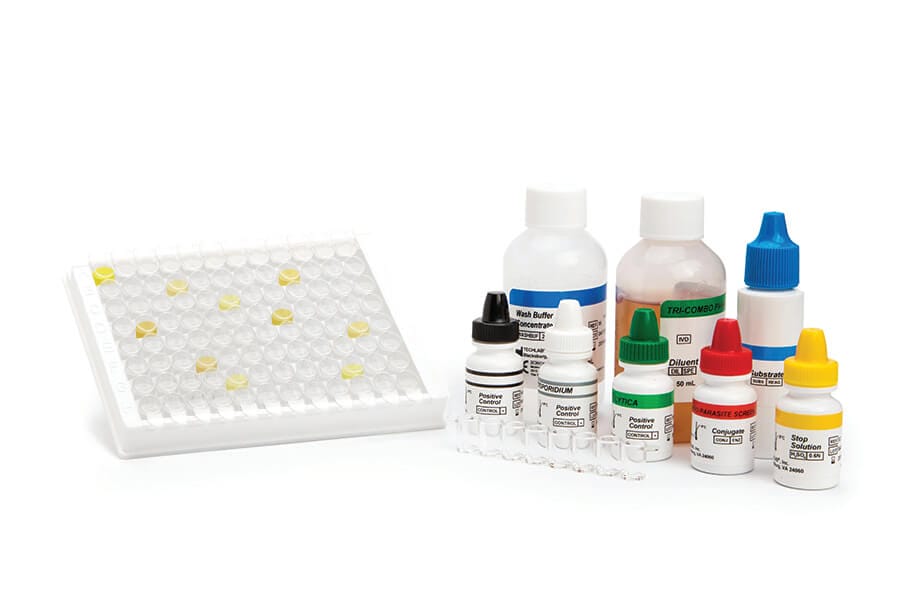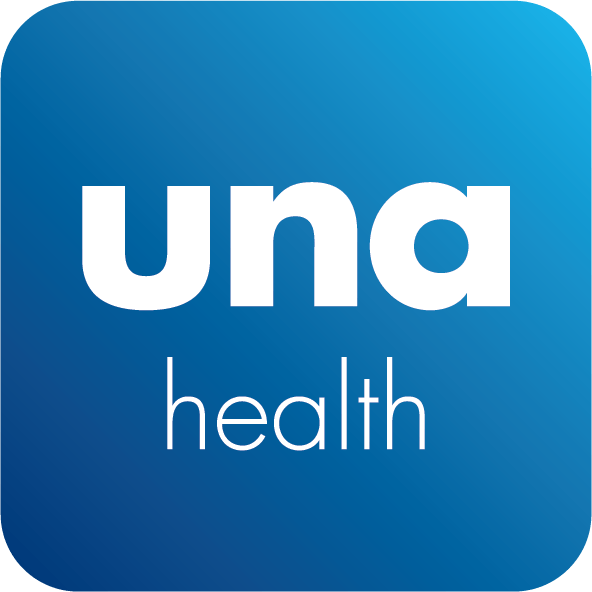
Evaluation of TECHLAB® kits for the detection of common faecal parasites
Work completed by Martine Jensen and Karen Webster, Senior Biomedical Scientists, Ellie Cooper and Ben Stones, Biomedical Scientists, Microbiology laboratory at Hull Royal Infirmary
Report written by Carolyne Horner: 04.02.22
Background
Cryptosporidium spp., Giardia spp. and Entamoeba histolytica are causative agents of notifiable infectious diarrhoeal disease.
Faecal parasites in stool samples are commonly detected and identified using microscopy; however, this is a labour-intensive, highly skilled technique with low sensitivity, particularly as the majority of the samples tested are negative for faecal parasites. Using microscopy as a detection method, it is likely that rates of Cryptosporidium spp., Giardia spp., and E. histolytica are underreported.
TECHLAB® Inc., USA manufacture kits, based on an enzyme immunoassay (EIA) format, that detect specific faecal antigens of these three parasites, offering improved sensitivity compared with microscopy:
- The TRI COMBO parasite screen is a 96-well, plate-based EIA for the simultaneous detection of Cryptosporidium spp., Giardia spp., and/or E. histolytica antigen in faecal samples. The test is specific for pathogenic E. histolytica and does not cross-react with non-pathogenic E. dispar. The test serves to rule out negative specimens within two hours and reduce the number of specimens that require additional follow-up testing.
- GIARDIA/CRYPTOSPORIDIUM QUIK CHEKTM and E. HISTOLYTICA QUIK CHEKTM kits are rapid (<30 minutes) membrane-bound EIAs for the simultaneous detection and differentiation of Giardia cyst antigen and Cryptosporidium oocyst antigen in a single test device, and the detection of adhesin from E. histolytica, respectively.
Una Health approached the team at Hull to ask if they would like to try the TECHLAB parasite detection kits in their routine laboratory practice.
Methods
Faecal samples with sufficient volume to complete tests requested by the user and the evaluation were selected. Samples received were from primary, secondary and tertiary care providers. Routine laboratory processing was carried out alongside the evaluation to prevent any bias.
Wet mount microscopy was completed for Cryptosporidium detection. Faecal samples with a Bristol stool chart of 3-7 were concentrated using the Parasep® method and used to detect ova and cysts of Cryptosporidium spp. Giardia spp. and E. histolytica.
Remaining unconcentrated faecal samples were tested in batches using the TECHLAB TRI COMBO Parasite Screen on the DS2 automated ELISA platform. Samples positive by TRI COMBO were tested with both GIARDIA/CRYPTOSPORIDIUM QUIK CHEKTM and E. HISTOLYTICA QUIK CHEKTM kits.
Results
During a 19-day period (14.09.2021 – 08.10.21), 276 faecal samples were tested:
- Three samples tested positive using the TRI COMBO parasite screen, were positive by GIARDIA/CRYPTOSPORIDIUM QUIK CHEKTM,negative by E. HISTOLYTICA QUIK CHEKTM (Table 1). These samples tested positive by routine detection methods.
- One sample gave an unusual result with the TRI COMBO parasite screen and was treated as a positive. The sample tested positive for Cryptosporidium by GIARDIA/CRYPTOSPORIDIUM QUIK CHEKTM.An alternative antigen detection kit gave a weak positive result for Cryptosporidium and the result was confirmed by the reference laboratory (C. parvum). This sample tested negative by routine detection methods.
- Three samples positive for Entamoeba species other than E. histolytica were detected by routine detection methods following concentration. The TRI COMBO result was negative.
Table 1. Summary of faecal samples positive for faecal parasites during the evaluation.
| TECHLAB Evaluation Kits | TECHLAB Evaluation Kits | Routine Method | Routine Method | |
| Sample | TRI COMBO | QUIK CHEK | Crypto Slide | Concentration |
| 1 | Positive | Giardia positive | Negative | Giardia +++ |
| 2 | Positive | Giardia positive | Negative | Known positive (not tested) |
| 3 | Positive | Cryptosporidium positive | Crypto seen | Negative |
| 4 | Grey | Cryptosporidium positive | Negative | Negative |
| 5 | Negative | Not tested | Negative | Entamoeba coli |
| 6 | Negative | Not tested | Negative | Entamoeba coli |
| 7 | Negative | Not tested | Negative | Entamoeba histolytica/dispar |
Conclusion
Despite the low number of positive samples (4/276, 1.4%) identified during the evaluation, the team at Hull were pleased with the performance of the TECHLAB kits, which detected Cryptosporidium in a sample that was negative by routine methods.
The kits were straightforward to use, required minimal hands-on time, and supplemented the existing enteric laboratory workflow. The TRI COMBO kit offered a sensitive high-throughput screening method, with the QUIK CHEK™ kits providing rapid confirmation of positive results.
